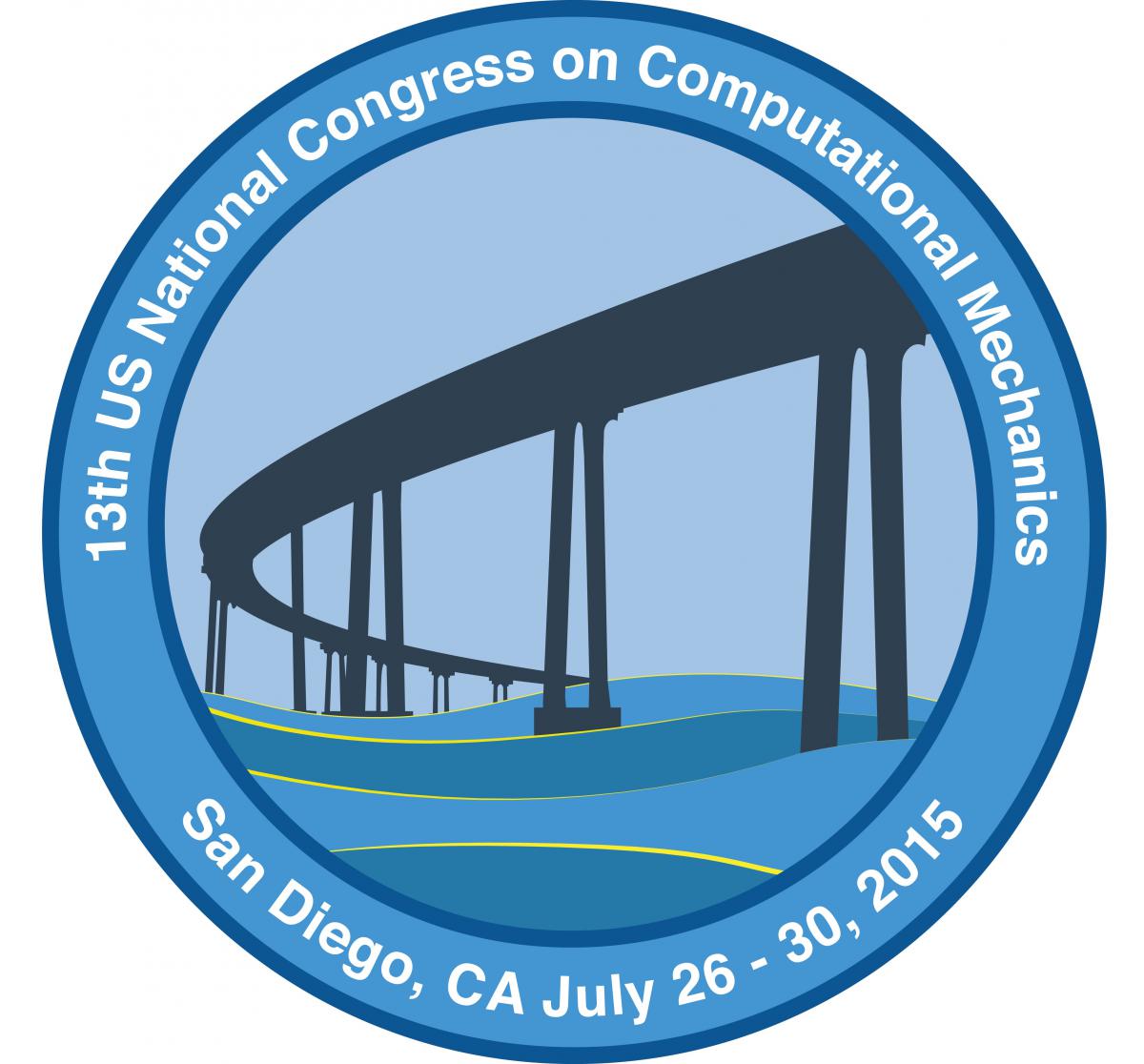Computational Methods for Modeling Interfaces with Complex/Evolving Topologies
Complex interfaces have puzzled scientists for centuries, including Johannes Kepler who in 1611 wrote his seminal essay contemplating the beauty and symmetry of snowflakes. Since then we have anatomized many aspects of the evolving interfaces in multi-component and multi-phase systems spanning across different disciplines (physics, chemistry, fracture mechanics, fluid mechanics, material science, medicine, astrology) and varying length scales (from atoms to galaxies). The goal of this minisymposium is to provide a common forum for researchers working on computational methodologies suitable for modeling complex/evolving interfaces to discuss their most recent advances and/or provide a perspective for future developments. Specifically, talks and abstracts on the following topics are invited:
1. Numerical methods for embedded interfaces with complex topologies employing adaptive mesh refinement techniques, partition of unity based finite element approaches including meshfree methods, eXtended/Generalized Finite Element Methods and their variants, and variable element topology methods with arbitrary polyhedral elements. Of particular interest are approaches that incorporate elements from computational geometry to provide an automated framework for modeling real-world engineering problems and emerging techniques that seek to develop fully-automated element technology by relaxing the restrictions placed by interface geometry on mesh-generators.
2. Computational methodologies for evolving interfaces with applications (not limited) to dynamic crack propagation, hydraulic fracturing, fluid-structure interaction, phase transformations, localized damage such as pitting corrosion and heterogeneous materials. Both sharp interface approaches, based on the level set or semi-Lagrangian particle methods, and diffuse interface approaches, based on phase field or cellular automaton methods, investigating multi-physics mechanisms associated with interface formation and evolution are of interest.





